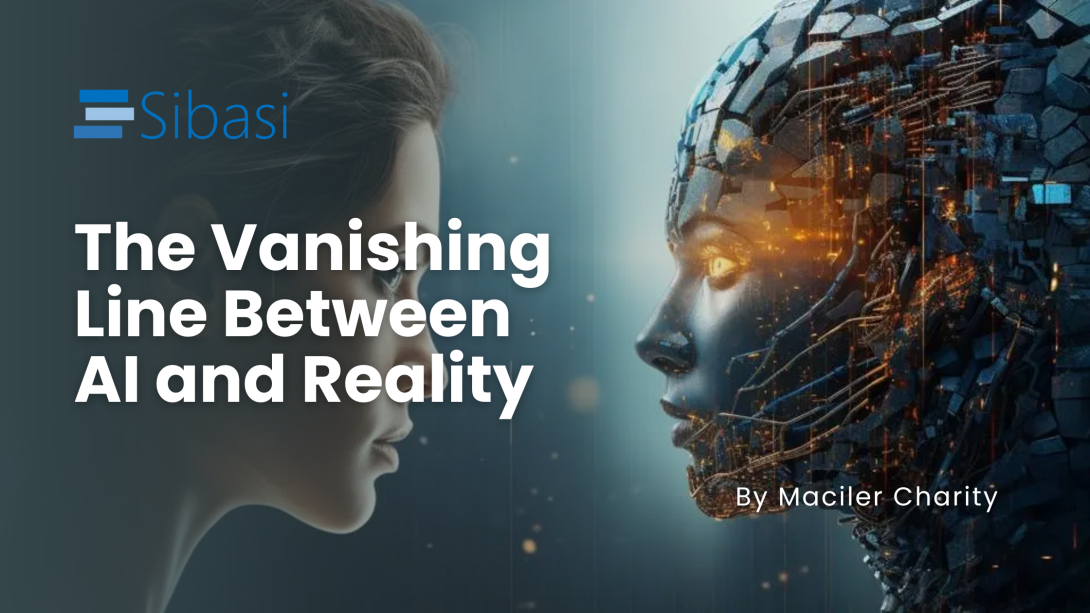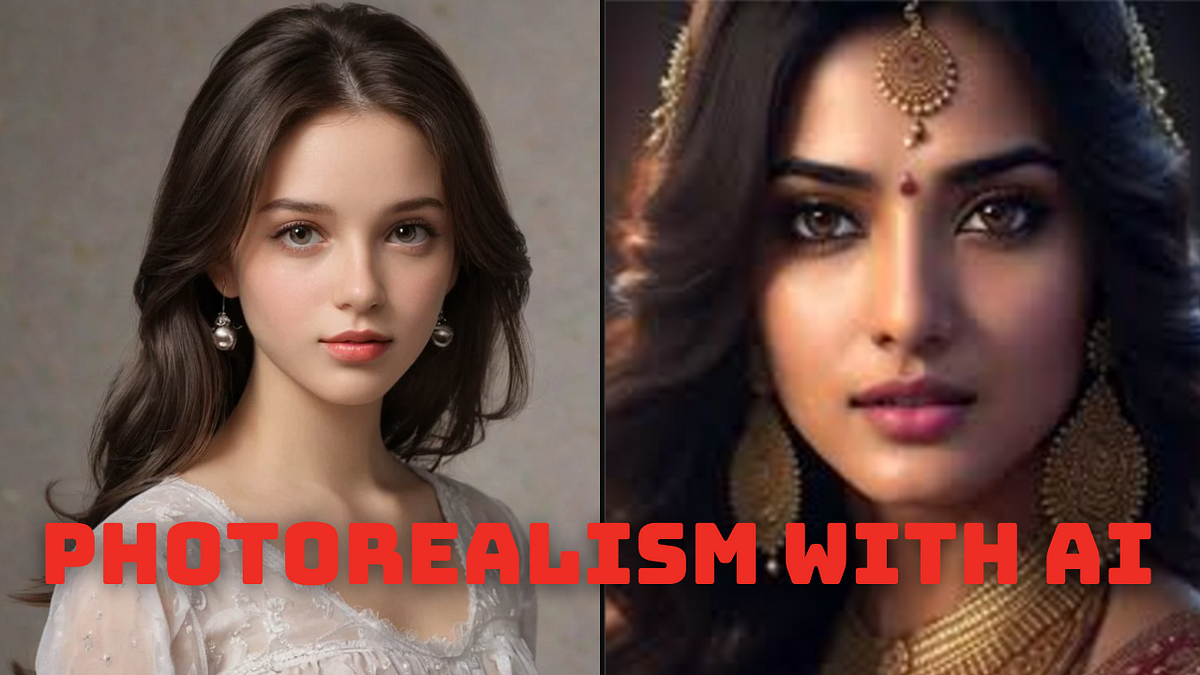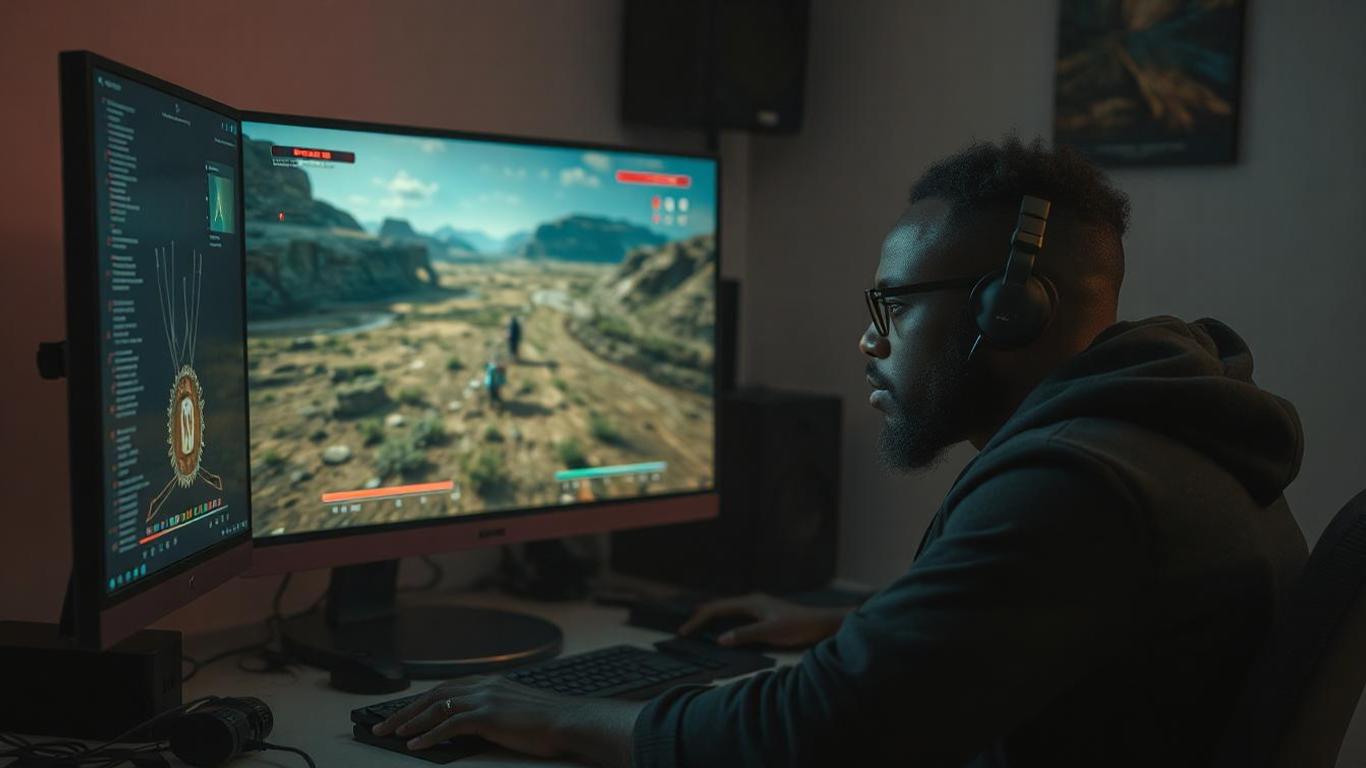
This morning, I was scrolling through TikTok when I came across what looked like an ordinary video of people going about their day. The lighting was natural, the movements fluid, the expressions genuine. Only at the end came the reveal: I had been watching AI-generated humans. Not actors. Not real people at all.
As a software developer, I've tracked AI's evolution for years, but even I was fooled. That moment crystallized something I've been thinking about lately: the line between AI and reality is vanishing before our eyes. And surprisingly, I find that more fascinating than frightening.
When Pixels Pass as People
The tools creating these convincing digital humans have advanced at a breathtaking pace:
- Midjourney has evolved to generate photorealistic human images with natural poses, consistent features, and convincing environments that can fool even trained eyes.
- Runway ML allows even amateur creators to generate short videos with human-like movement and expressions that previously would have required Hollywood VFX teams.
- ElevenLabs produces voices so natural that they capture not just words, but emotional inflections that make synthetic speech virtually indistinguishable from recordings of real people.
- Synthesia creates AI presenters who can deliver scripted content with body language and facial expressions that mimic human communication patterns.
-
D-ID transforms still photos into talking heads with synchronized lip movements and natural expressions, enabling anyone to animate portraits.

What's remarkable isn't just the quality of these tools, but their accessibility. Technology that would have required millions in funding and specialized expertise just five years ago now runs on consumer hardware with user-friendly interfaces.
Why Imitation Is Becoming Indistinguishable
The reason AI has become so convincing stems from a perfect technological storm:
First, modern generative models train on vast datasets of human expression, learning the subtle patterns that make us appear authentic. They're not just imitating individual examples but synthesizing the essence of human behavior.
Second, adversarial training methods—where one AI tries to fool another—have accelerated quality improvements. When one system's job is to spot fakery and another's is to create convincing content, both rapidly improve through digital evolution.
Finally, neural networks have developed an uncanny ability to understand context. Modern AI doesn't just replicate isolated traits but grasps how humans behave differently in various situations, adapting its output accordingly.
Augmentation, Not Replacement
Rather than fearing this development, I see tremendous potential for human-AI collaboration. As a developer, I've witnessed how these tools can amplify human creativity rather than replace it:
- Filmmakers using AI to visualize concepts before committing to expensive production
- Game developers rapidly prototyping characters and environments
- Writers testing different narrative approaches with AI-generated scenes
- Educators creating personalized learning companions for students

The key insight is that AI excels at execution but still requires human direction to create meaningful work. The most compelling AI-generated content is guided by human creative vision.
The New Authentication Challenge
Of course, this technological leap brings challenges. How do we verify what's real when we can no longer trust our eyes and ears?
The solution likely lies in the same technology that created the problem. Digital watermarking, blockchain verification, and AI detection tools are all advancing alongside generative capabilities. Major platforms are developing authentication systems to verify content origins while respecting creator privacy.
More importantly, we're developing new digital literacy. Just as previous generations learned to be skeptical of edited photos, we're learning to approach digital content with appropriate caution while still appreciating its creative potential.
The Human Advantage
Despite AI's impressive mimicry, it still lacks the one thing that makes humans unique: lived experience. AI can simulate emotional expression without feeling emotions, can generate ideas without understanding their significance, and can mimic style without having developed aesthetic preferences through years of cultural exposure.
This creates a fascinating paradox: as AI gets better at imitating humans, the value of authentic human perspective increases. An AI can write a technically perfect novel, but it can't write one informed by decades of joy, heartbreak, triumph, and failure.
Embracing the Blurred Line
Rather than trying to rebuild walls between human and AI creation, perhaps the healthier approach is to embrace their integration. The future belongs not to those who reject AI assistance nor to those who use it mindlessly, but to those who develop symbiotic creative relationships with these tools.
That TikTok that fooled me this morning wasn't created by AI alone—it was created by a human artist using AI as their medium. The creativity, the intent, the desire to surprise and delight viewers—those were human contributions.
As the technical barriers between AI and reality continue to dissolve, we have an unprecedented opportunity to redefine creativity itself. Not as a purely human domain, nor as something machines can replace, but as a collaborative space where human vision and machine capabilities combine to create things neither could achieve alone.
And that future looks anything but artificial.







